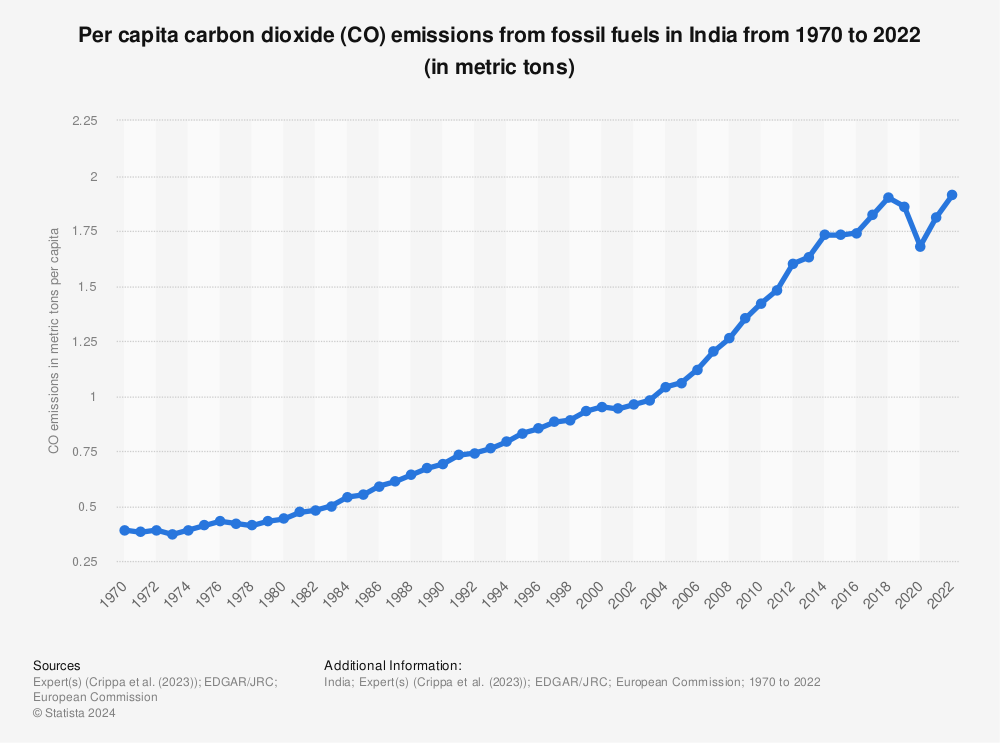The TrickyScribe: As COVID19 pandemic continues to wreak havoc, the world’s energies are focused on efforts to contain the virus and sustain the economic fallout. Post-disaster response is crucial, but so are social safety nets. Managing the twin threats of the coronavirus pandemic and climate change is not a cake walk. Building resilience against the two is imperative and also urgent. We will have to multitask on this one as any further delay will certainly cost lives and livelihoods.
In face of a recession, falling government revenues and huge pressure on public budgets to fund multiple priorities, the situation seems to be tricky. Expenses on COVID19 response and in climate change resilience must work in tandem and reinforce each other rather than compete for the same scanty resources.
A major cyclone, on April 8, battered Pacific islands including Fiji, knocking out power and damaging infrastructure in a country already consumed with COVID19 containment efforts. In New Orleans, where emergency and health services are labouring under tremendous pressure to cope with the pandemic, residents have watched the Mississippi River rise by a foot within a week.
Incessant rains threaten severe flooding, potentially compounding the emergency. Meanwhile, forecasters are projecting a “significantly above normal” Atlantic hurricane season, raising the prospect of communities having to fight both major storms and the virus. Climate emergency remains as urgent as ever in the background.
Climate-exacerbated shocks may well overlap with the COVID19 crisis, disrupting efforts to contain the virus, over-stretching emergency services beyond the threshhold and dampening economic recovery.
Climate change is already a public health threat. The one that will grow with time. Rising average global temperatures are exposing more people to dangerously high temperatures every year. Wildfires degrade air quality to the detriment of human health, as they have in California and Australia. Heavy rains and floods can carry pathogens and toxic chemicals that contaminate drinking water supplies. Major storms regularly inundate emergency rooms with people injured by violent winds. Warmer temperatures are expanding the geographic reach of vector-borne diseases such as zika, dengue, malaria and the new entrant coronavirus.
Dedicated climate funds historically have underfunded activities in the health sector relative to what countries say they need to prepare for climate change. In the coming weeks and months, billions of dollars will flow into healthcare sectors around the world as part of the coronavirus response. Some of this will address immediate shortages of medical personnel, coronavirus testing, life-support equipment and protective gear while other investments will go into strengthening countries’ healthcare infrastructure, information technology and surge capacity. Of these, many investments simultaneously could make communities more resilient to both pandemics and climate change.
In the aftermath of a disaster, whether a pandemic or a climate-related catastrophe, rapid finance is key for a successful response. Governments have access to a variety of tools to help them finance disaster response. These tools include national disaster funds, contingent credit lines (fast-disbursing loans), parametric insurance products (insurance policies that trigger automatically when certain conditions are met) and catastrophe bonds (like insurance policies, but traded in markets).
Strengthening the system will require several things. Boosting the amount of cheap loans and grants available to help countries assess and measure their risks will be key, as will developing new DRF products and services. Making existing products more affordable is also necessary.
While access to rapid finance for post-disaster response is critical, it’s not enough. Governments need systems in place to deliver those resources to the communities that need them the most. Social protection programs that can quickly and automatically scale up after a disaster — be it a pandemic or a climate-related disaster — offer one promising approach.
Social safety nets for disaster respose could be equally beneficial in a pandemic. Such programs provide rapid, additional cash to supplement income to enable households to cover immediate crisis-response costs. For example, Kenya’s Hunger Safety Net Program (HSNP) normally provides cash transfers to households that can’t afford to buy enough food. During droughts, the HSNP automatically scales up to provide emergency cash to additional households.
Disaster-responsive social safety nets could be equally beneficial in a pandemic, when many households face unexpected loss of employment and income, as well as unexpected medical expenses. Emergency cash transfers could help people avoid dangerous choices between safeguarding their health and the health of others and earning enough to pay for basic necessities. While pioneered in developing countries, the principle can be applied in developed countries, too.


